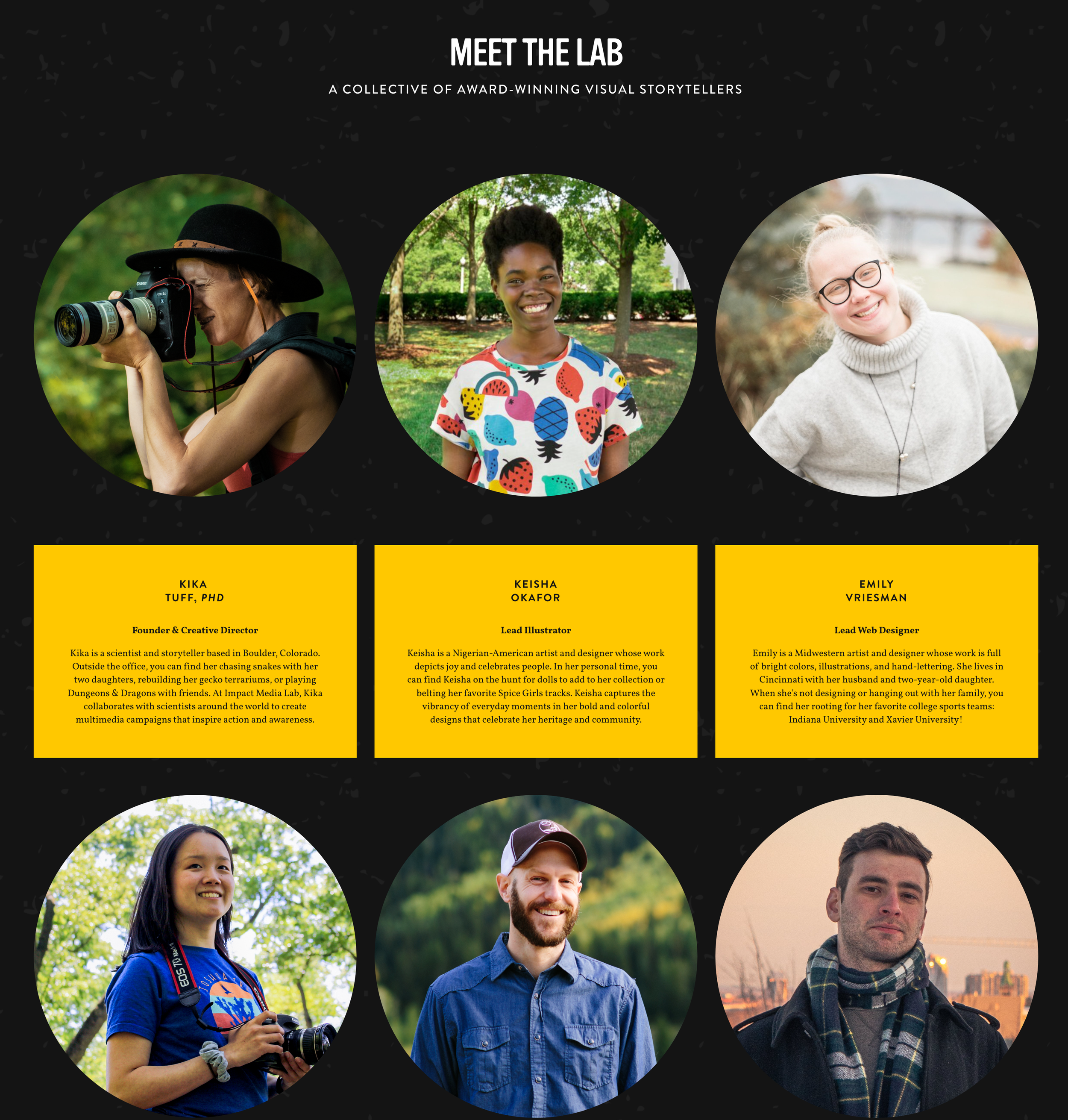The 5 Best Research Website Design Tips and Examples
The 5 Best Research Website Design Tips and Examples
Why Great Design Matters for Research Websites
The internet has completely changed how we share science and research.
Having a well-designed website isn’t just a bonus—it’s essential for making sure people find, trust, and understand your work.
A great site helps visitors connect with your research.It isn’t just about looking nice; strong websites excel in functionality, clarity, and engagement. People expect to quickly find the information they need, such as important studies and your lab’s latest updates. If they can’t find this information, website visitors may leave and not return.
That’s why good design is so important—it guides visitors effortlessly through your content while keeping them interested and engaged.
The Role of Design in Presenting Research
Research websites have a tricky job. They need to simplify complex ideas while still looking professional. Think of good design as a translator, taking intricate data and making it accessible to everyone. A well-designed research website should strike a balance between professionalism and usability.
A well-designed website is also adaptable to different audiences. Researchers need quick access to dense information, while general audiences may need simplified explanations and visuals. Good design serves both without sacrificing depth or credibility.
So whether your audience is a seasoned scientist or someone just getting curious about the topic, a smart layout makes all the difference. For example, layouts, with headings and sections, can help guide a reader through information, rather than leaving them wading through a list of links.
First Impressions Matter: What People Notice First
People judge a website within seconds.
A clean, modern design with easy navigation tells visitors, “You’re in the right place.” On the other hand, a messy, outdated site may push them away before they even start reading. Your website’s first impression is like the cover of a book—it needs to invite people in and encourage them to explore.
First impressions also extend beyond aesthetics.
The speed of the site, how quickly users can locate key sections, and how well-organized the homepage is all contribute to how people feel about your research. A well-thought-out homepage introduces visitors to your work, highlights important content, and sets the tone for their experience on your site..
Understanding Your Audience: Designing for Different Users
Researchers and Academics
Researchers come to your site looking for detailed, precise information. They want easy access to reports, datasets, and tools that let them dive deep. Your design should respect their time by being well-organized and distraction-free. If they can quickly find what they need, they’ll keep coming back.
Providing clear categories for different types of content—such as studies, datasets, publications, and ongoing projects—helps researchers efficiently navigate your website. Consider adding features like downloadable reports, citations, and version history for accuracy.
Students, Policymakers, and the General Public
Not everyone who visits your site is an expert. Some people are just learning, while others—like policymakers—need insights they can apply to real-world decisions. By using simple language, clear visuals, and intuitive navigation, you make sure that everyone can engage with your research, not just specialists.
Infographics, explainer videos, and summary sections can help make complex research more accessible. Additionally, having a “Frequently Asked Questions” (FAQ) section can provide quick answers to common queries, helping non-experts better understand your work.
The Power of Simplicity: Keeping Your Site Clean and Clear
Easy Navigation Helps Visitors Find What They Need
A well-organized menu is like a roadmap for your website. Visitors should be able to find the right section—whether it’s research papers, news updates, or a contact page—without frustration. Grouping similar content together, using clear labels, and adding a search function can make the experience effortless.
Navigation bars should be straightforward, with logical categories and subcategories. Breadcrumbs (a visual guide showing the user’s path through your site) can also help visitors find their way back to previous pages without frustration.
Minimalist Design: Making Complex Information More Digestible
Creating a simple, uncluttered layout in your website design makes your research and messaging more digestible to users.
When it comes to website design, less is often more. A simple, uncluttered layout with plenty of white space helps visitors focus on your content without feeling overwhelmed. A thoughtful design ensures that even the most complex topics feel approachable.
Breaking up text into digestible sections, adding plenty of headings, and using visuals like graphs or images can make dense research easier to understand. This improves retention and encourages users to spend more time engaging with your content.
Building Trust: How Your Website Can Boost Credibility
Highlighting Key Research Publications
Your best work should be front and center. Featuring key studies on your homepage gives visitors an immediate sense of your expertise and helps them find your most important research.
Consider adding summaries, author profiles, and downloadable formats for key studies. Links to published journals or peer-reviewed sources further establish your authority in the field.
Showcasing Your Team and Collaborators
Let people know who’s behind the research! Including author bios and credentials adds a human touch and builds trust. Readers want to see the experts responsible for the work.
Having a dedicated “Our Team” page with bios, academic backgrounds, and links to professional profiles like LinkedIn or Google Scholar can further enhance credibility.
A Great Example: Leger Lab’s Research Website
The Leger Lab website (nevadaseeds.com) is a fantastic example of effective research website design. Here’s why it works so well:
Clear and Simple Navigation: Sections like “About,” “Research,” and “Publications” make it easy to explore.
A Well-Structured ‘About’ Page: The mission of conserving Nevada’s wild plant diversity is clearly explained.
Regular Updates: The lab keeps its “News” section fresh, showing ongoing work and achievements.
Engaging Visuals: High-quality images make the content more appealing and engaging.
Comprehensive Publications Section: Visitors can easily access and explore research papers.
By implementing these strategies, other research websites can enhance their usability, accessibility, and overall impact.
Final Tips for a Successful Research Website
Test Your Site with Real Users
Want to know if your site is doing its job?
Get feedback! Have people test your site and see where they get stuck.
The more you refine based on real users’ experiences, the better it will be.
Keep Your Site Updated
An outdated website can make visitors lose confidence.
Keep your research current and fix broken links or old information regularly. Consider adding a blog or updates section to show your research is active and evolving.
Ensure Accessibility for Everyone
Web accessibility is crucial. Ensure your site is readable for users with visual impairments by using high-contrast text, alt text for images, and keyboard-friendly navigation. Accessibility improves user experience for everyone.
Thoughtful Design = More Impact
A well-designed research website is more than just a place to store information. It helps people engage with your work, understand it, and trust it. By focusing on clear layouts, simple navigation, and engaging visuals, you ensure that your research reaches the widest audience possible.
At Impact Media Lab, we specialize in designing websites that make research shine. If you want your work to have a lasting impact, let’s chat about how we can create a website that truly stands out!
About the author
Impact Media Lab is a small-but-mighty creative team specializing in science brands, media, and strategy. We believe science can lead to seismic shifts in how we understand the world, but it takes great communication to make it happen.




